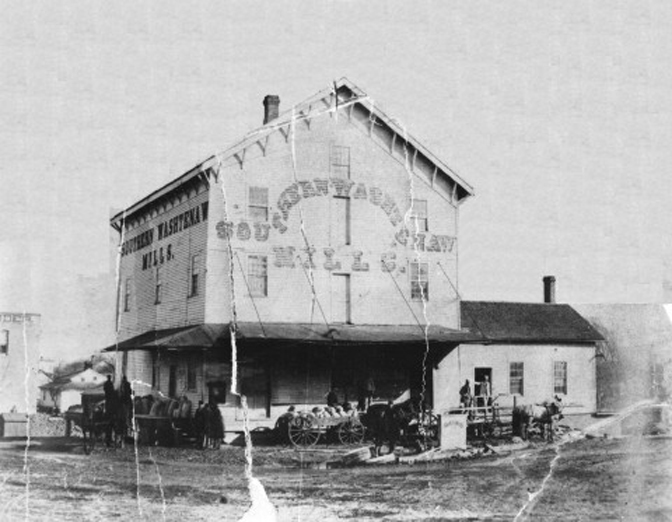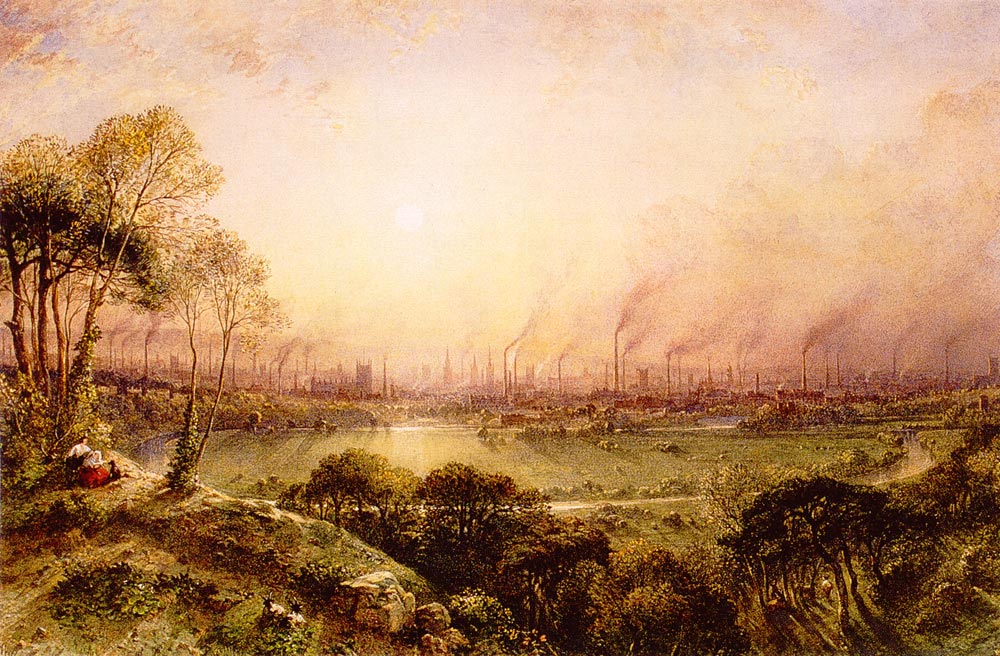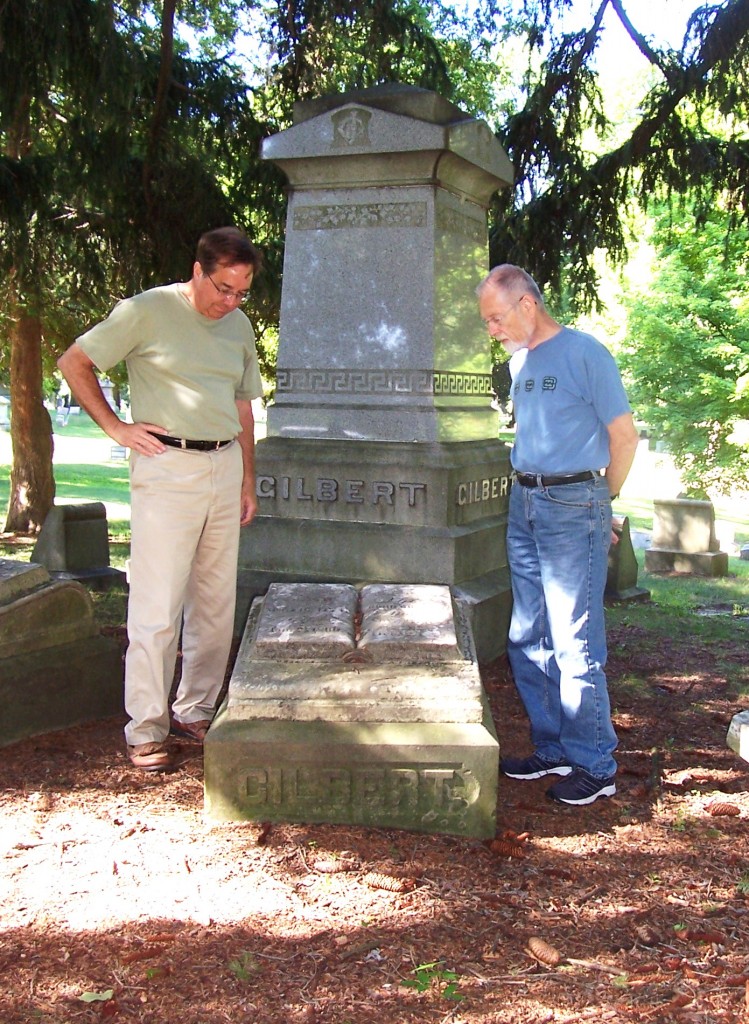Why is Our Village Named “Manchester”? Part Two of Two
By Ray Berg and Alan Dyer
Other Published Records on the Naming of Manchester
Question 3 above caused the authors to search a wide variety of published material that mentioned how Manchester received its name. The findings are listed below, noting the sources used to support each author’s claim when available. It became clear that many statements on the history of Manchester’s name were merely copied from earlier works, without any citations or apparent attempts at independent verification.
Libraries and archives consulted include: the State of Michigan Historical Archives and Library in Lansing, the Michigan Pioneer and Historical Collections, the Michigan Historical Review, the Bentley Library at the University of Michigan, the Burton Historical Collection at the Detroit Public Library, the Ypsilanti Historical Society archives, the Ypsilanti Public Library, and the Claire Reck historical archives at the Manchester District Library. On-line research utilized Google Books, the Michigan eLibrary, and the websites of various local historical associations.
- Manchester, New York References
- Annetta English, in her History of Manchester Township (1930), states that “Major John Gilbert of Ypsilanti, who platted the village, or the early part of the village[,] gave it that name from that of the town in New York State.” Her statement appears to be the one most often relied on by other authors on the subject. No citation is provided.
- Theodore G. Foster’s A Dictionary of Michigan Place Names (1967) states that Manchester is named after Manchester, New York, as “many of the original settlers came from there”. No citation is provided.
In fact, a review of the origin of Manchester’s earliest settlers does not show any reference to the Village or Town of Manchester in New York, but rather a broad mix from the central counties of New York. The Gilberts, Kiefs and Fargos actually first met in the 1805-1810 period near the village of Manlius in New York, some distance from Manchester.
- The Encyclopedia of Michigan, edited by Beth Blenz, 2nd edition (1989) states: “The settlement was named after Manchester Township in Ontario County, New York.” No citation is provided.
- Walter Romig’s well-known publication, Michigan Place Names, states that Manchester “is so named because most of its early settlers came from Manchester Township, Ontario County, N.Y.” Romig cited Jane Palmer (although her primary work, History of Manchester, is silent on this subject), and Beakes’ Past and Present of Washtenaw County.
- Samuel Beakes’ Past and Present of Washtenaw County (1906) claims on page 766 that “Many of the older settlers of Manchester had come from Manchester, New York”. No citation is provided.
- Other Manchester (United States) and Manchester, England References
- B. Phillis Armitage, M. A., wrote her thesis, A Study of Michigan’s Place-Names, at Western Michigan College, Kalamazoo, Michigan, portions of which were excerpted in Michigan History, Winter 1943. Ms. Armitage provided a detailed study of the various practices and traditions utilized in naming Michigan places. In particular, she wrote that "...these same hardy Americans came from established towns in the East, and their small settlements were, per Alexis Tocqueville ʽthe ark of civilization lost in the midst of an ocean of leavesʼ. These pioneers from New York and New England transported names of this type to Michigan. New York origins are shown in Albion, Troy,… while New England names are Chelsea, ...Manchester,... and many others.” It appears that Ms. Armitage’s research had convinced her that the name of our town had its roots in New England or old England, rather than New York.
- Esther W. Angus, in her 1972-1973 publication “The Heritage of Manchester Michigan – The Biography of a Town”, stated that John Gilbert had originally speculated in land for the Rochester Land Company along the Chicago Pike, and later hired Hiram Burnham to survey and develop the plat of Manchester Village. She stated that “Foreseeing the possibility of a highly industrial area, [Gilbert] may have thought of Manchester, England when the town was named. Or, since he was employed by the Rochester Land Company, he may have named it for Manchester, New York, less than forty miles away from Rochester in Ontario County.” She provided no citation for the “Rochester Land Company” reference, and no further insight into her speculations, but is among the few who acknowledged a possible English source for our name.
- Publications Silent on the Matter of Manchester’s Name
- Albert English’s extensive notes on early Manchester history and genealogy.
- Marie Schneider’s Manchester’s First Hundred Years (1967).
- Jane Palmer’s History of Manchester (1964).
- John T. Blois’ Gazetteer of the State of Michigan (1838), lists Manchester as having a grist mill, three saw mills, six merchants and 805 people in the township (based on the 1837 Michigan census), but lists no basis for the name.
- Frances Wood’s Michigan Place Names (1954) does not list Manchester.
- Chapman’s History of Washtenaw County Michigan (1881).
Figure 4 – Manchester’s Southern Washtenaw Mills, 1880s
4. Mannie and Chester
For a different viewpoint, the Ann Arbor Courier carried the following article, which was reprinted by Mat Blosser in the Manchester Enterprise on April 23, 1885 under the title of “How It Happened”.
Manchester. Here we run upon a great fallacy. The common belief is that the place was named in honor of that great manufacturing center in England of the same cognomen, or its New England namesake, which is an egregious error. The place received its title in this wise: The first two settlers of the village, a man and a wife were named “Chester” and “Mannie.” As is still customary in the village, “Mannie” wore the garments that are supposed to give authority. She was a good woman, however, and under her roof, hospitality was dispensed with a liberal hand for those days. The Indians and other neighbors having no hotel or club room to go to, used to make this house a general lounging place, and when the dusky shades of evening gathered they would say, “come, let’s go to see Mannie and Chester,” which expression soon fell a victim to the great American idea of condensation and became “man-chester,” and has continued so to this day. Where once stood this hospitable mansion of old, such, in brief, is the history of ManChester’s christening. More might be said upon this subject but it is useless—utterly useless.
That the Courier’s editor would indulge in some serious “leg pulling” in his description of the hospitality provided by the fictional Mannie and Chester is not surprising. This was a time when “big city” editors never missed a chance to poke fun at those they perceived to be their rural inferiors. In turn, rural editors often used humor and satire to show why their town or village was superior to those of their rural neighbors. While the above story may have elicited a smile or two in its telling, it brings us no closer to answering the real question of how Manchester got its name.
So Let’s Get Serious Again…
Our research on John Gilbert places him in the 1790s in the general area of what later became Manchester, New York, while surveying the Phelps-Gorham Tract with his father. That village was founded in 1812 with the construction of a woolen mill by Valentine Coon, and was named “Coonsville”, part of the Town of Farmington. It was not until April 16, 1822 that the citizens voted to rename the village “Manchester”, in admiration of the British industrial city of the same name and, presumably, as a goal toward which they could aspire. A simultaneous split of the Town of Farmington yielded the surrounding Town of Manchester.
Gilbert was married and living in Manlius, New York by 1803, and is found in the Rochester, NY area by 1816 where he started a Masonic Lodge in LeRoy with Orange Risdon, the founder of Saline. We have been unable to find any evidence that he ever lived in what became the Village of Manchester, New York, although a relative’s family did settle there.
Manchester, New York never achieved its desired industrial prominence (it was not on the Erie Canal), and by the late 1890s only had about 500 residents. Its 1822 renaming date is also well after John Gilbert had settled in Rochester, where in 1822 he built a major shipping warehouse for the Erie Canal. The warehouse still exists as a state historical site.
Given these facts and the realization that John Gilbert’s motivation was to earn quick profits in Michigan, rather than long-term development of a town, it is logical to assume that he was not alluding to Manchester, New York, when he named our village. On the contrary, it is evident that he was seeking a name that would pique both emigrant and financial interest in his new Michigan village with its tremendous water power potential; a goal that could only be accomplished by Manchester’s English namesake.
The Manchesters in both Michigan and New York were not unique in their desire to emulate their English counterpart. Manchester, New Hampshire, a major New England industrial center with extensive water power, began its life as Derryfield. Its name was changed in March 1810 to honor the already booming mills of Manchester, England. Samuel Blodgett, the founder of the village’s Amoskeag Mill complex, claimed the town would become "the Manchester of America". The legislature agreed in approving the name change. In 1823 Orford, Connecticut, a water-powered mill and manufacturing center, also adopted the name “Manchester” with the same goal in mind.
What then drove these aspiring mill towns in their need to be compared to the first Manchester? Manchester, England’s early development had originally revolved around textile manufacturing, but at the turn of the 19th century, the city began an expansion that included a wider range of industries. It soon became the leader of what became known as the “Industrial Revolution”, and by 1835 "Manchester was without challenge the first and greatest industrial city in the world.”
American society and government in the 1810-1840 period wanted to be free of dependency on British finished goods, and to develop their own industrial base. The naming and renaming of so many of America’s early communities over this 30 year period was an attempt to establish themselves as potential equals of their British namesake, in part by taking advantage of the name recognition of Manchester, England. Figure 5 provides an artist’s depiction of Manchester, England in 1840. The large swath of smokestacks billowing large plumes of industrial smoke conveyed a sense of civic pride, manufacturing leadership, and personal wealth derived from modern manufacturing to the couple perusing the scene on the left of the portrait.
Figure 5 – An 1840 Artist’s View of Manchester, England as the World’s Industrial Center
Conclusion
From our previous research, we know of Gilbert’s extensive financial investments in Ypsilanti, through his Huron Mills complex and stores, his leadership in bringing the first railroad into this area, and his role as the first supervisor of Ypsilanti Village. We also have learned that John Gilbert journeyed to Detroit several times from as early as 1822 to meet with financial backers and fellow developers, including Shepherd Knapp, Stephen and John M. Mack, Stephen Fargo and Austin Wing. All of these men would be involved in the establishment of our Manchester. Early on they recognized the potential profits to be made from the sale of lots and water rights here and in other prime waterpower locations.
In the extraordinary 35 foot drop along the River Raisin as it passes through the village, John Gilbert saw an excellent opportunity to attract many of those settlers looking for a new start during the Michigan Fever period. He was not, however, personally interested in developing Manchester beyond the point where he could turn a profit through the sale of land and water rights. Consequently, in November 1835 he sold his village lands to Stephen Fargo and Shepherd Knapp as he turned his focus back to his booming Ypsilanti operations. Under these circumstances, his decision to build the first mill in 1832 and name our village after Manchester, England, served him well as promotional devices that highlighted the potential water power here and the promise that it held for future development. Manchester, New York was just simply too small, too new, and too insignificant as a water power site to serve Gilbert’s purpose.
But as noted earlier, we have (yet) to discover any statements by John Gilbert, Hiram Burnham, or the Fargo Brothers to support our conclusion. So, the authors tried one last technique to validate our findings. We visited the grave of John Gilbert in Ypsilanti, hoping for some sign, an earth tremor, or a sound in the wind that would answer our question. But alas, John was silent on the subject.
Figure 6 – Authors Berg and Dyer at the Grave of John Gilbert in Ypsilanti











You must be logged in to post a comment Login